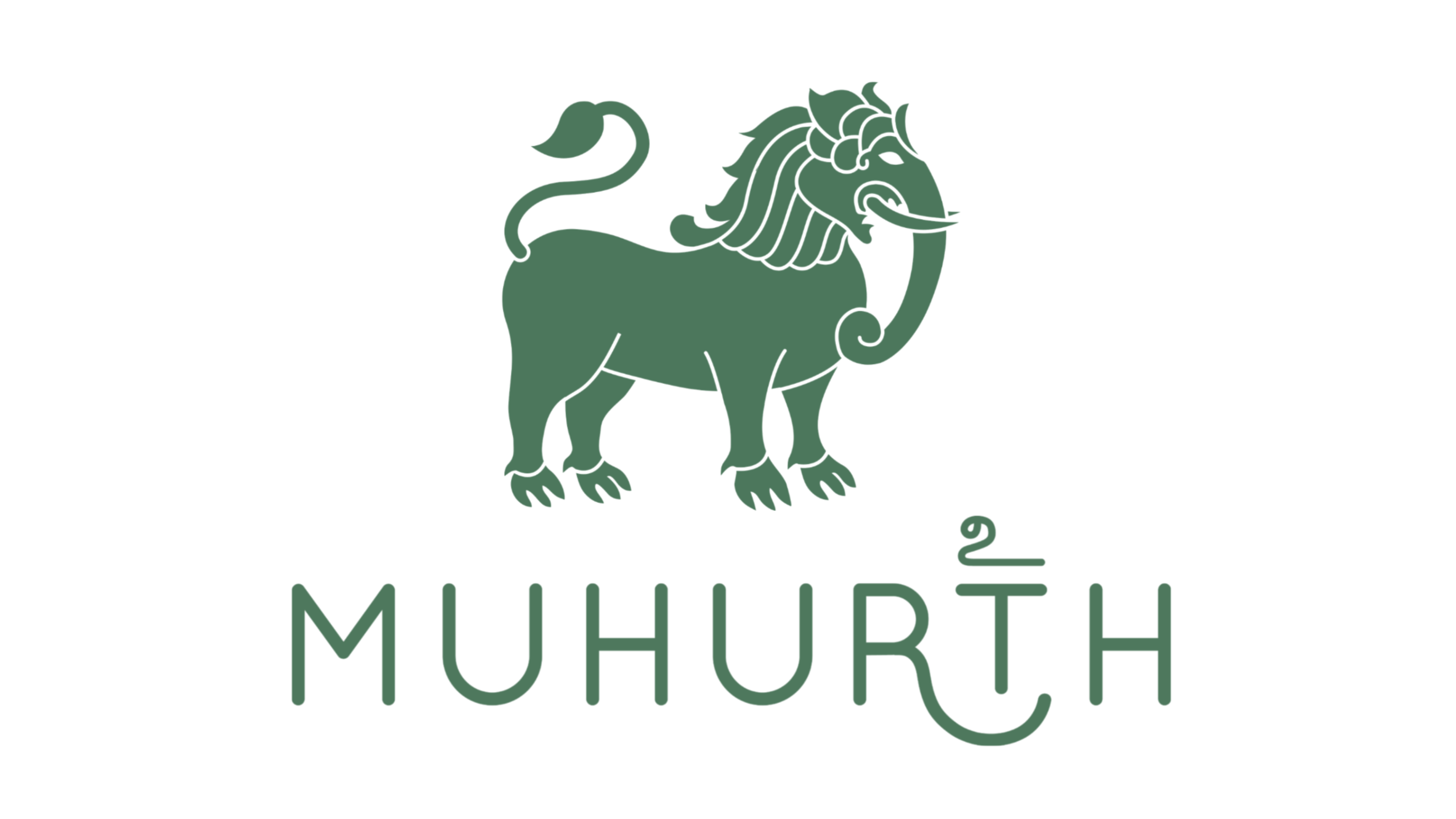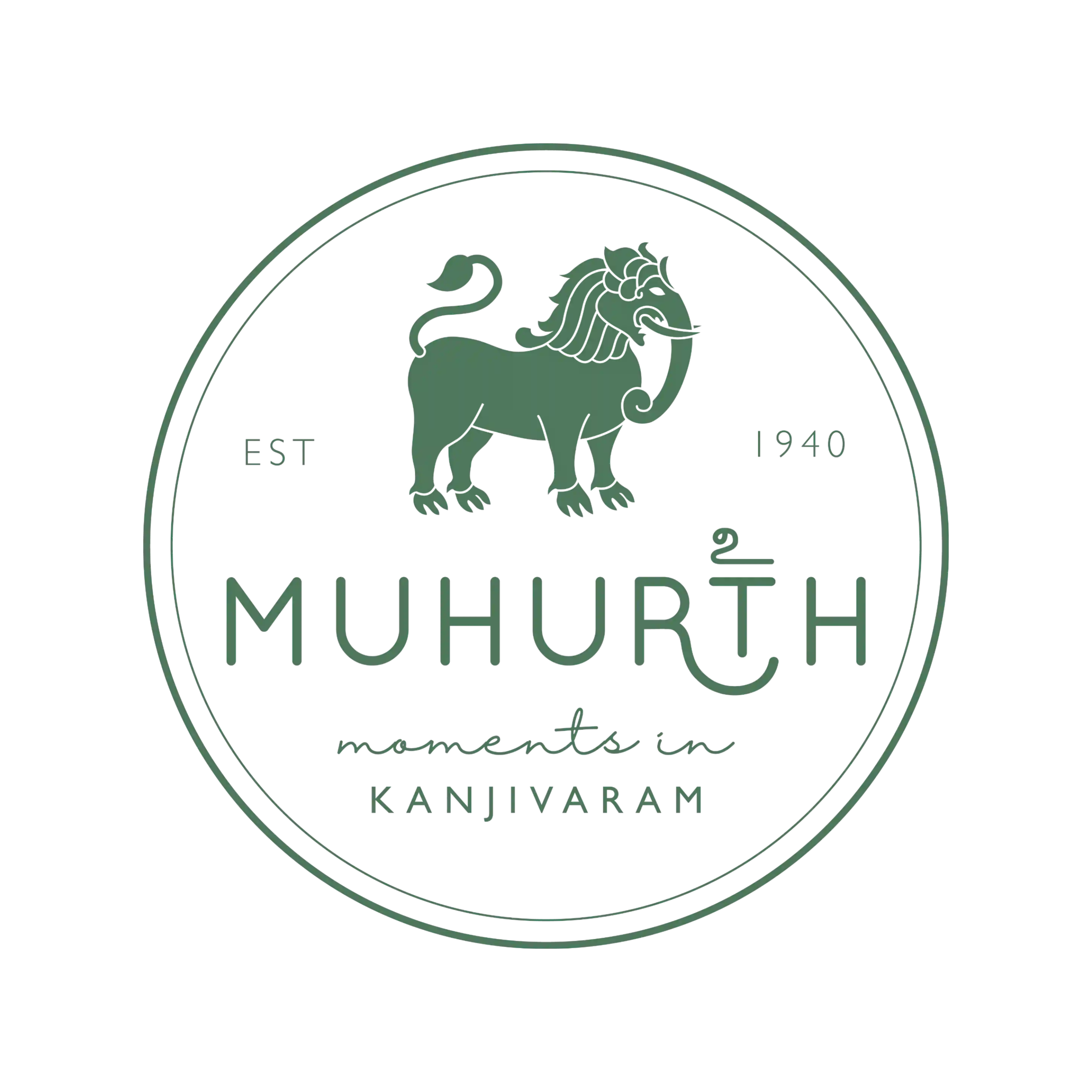Unveiling the past
𝑶𝒇
Muhurth முஹூர்த் मुहुर्त
The beautiful untold history of wills and fine threads winds back to a time of the past, when enduring events played pivotal roles in trade and history.
River Tapti is one such path carrying significant meaning to the history of silk as it witnessed movement of threads, gold and silver alike, its relevance being established in Surat and massively contributing to the textile industry of silks.
Throwing some light on the birth of silk culture, Muhurth loves to share some history on Zari, which is the most loved element in #Kanjivaram.
The word zari from the Persians travelled to Hindustan through the port of Surat along with the art of its making during the mughal era. The province inhabited skilled artisans who had perfected the art of weaving the finest cotton fabric that were light and felt like silk. They implemented the same on silk using zari and sought out the royalty throughout Hindustan.
That said, another journey yet to narrate, the Journey of Silk Weaving to Kanchipuram as called today.
The ‘Patnūlkarar’, as referred in TN, (also known as the Saurashtrians) after spending few years at Vijayanagara Kingdom migrated down south during 900-1000 AD where they were welcomed by the rulers including Raja Raja Chola King. They were pioneers in Korvai technique making a breakthrough in the way silk was usually woven and STILL take pride in carrying on their legacy and protecting and promoting the ancient art form for generations even centuries later.
Muhurth takes pride in carrying the legacy forward and being a part of this rich History. We take an oath to protect this art for generations to come. We are proud to add an element which simply depicts us - ‘THE YAZHI’.
Why Yazhi? Stay tuned.
Featured Products






